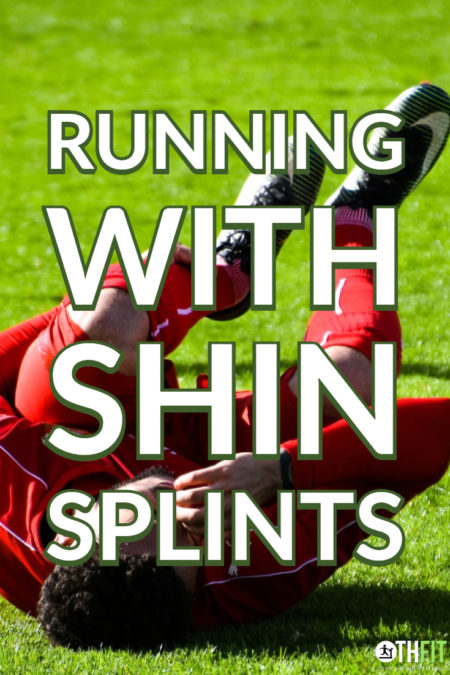
Running With Shin Splints
Have you ever experienced shin splints while running? If you have then you know how painful and frustrating they are. Some people are lucky and only have some tightness and mild pain. Others, like me, have extreme pain that can make even walking nearly impossible.
Recently I have been trying to get back into running but I am having the same problem I always do. After about half a mile I start getting severe shin splint pain. Stretching and warming up makes it better but it’s not enough to get in a full run.
This time I am determined to fix the problem once and for all. I’ve been doing a lot of research, reading a lot of runner’s blogs, and talking to my runner friends. I am going to share what I learned with you. I hope this helps you to get rid of your shin splints like it is helping me.
You will be happy to know that I am making progress after some stretching, exercises, and working on my running form. If you do what I am doing you should see progress as well. I’ll go into that with more detail at the end of the article.
Let’s talk about what shin splints are, how to treat them, and what equipment will help out if your shin splints are as bad as mine. When you understand what causes shin splits the treatments make a lot of sense.
What Are Shin Splints
Shin splints are a very common runner injury that causes pain along the inner edge of the lower 2/3 of the shinbone. They can occur on either leg or both. They are most common in new runners, or runners who quickly increase their running.
The most common causes of shin splints are muscle fatigue, stiffness, poor running form, and improper running shoes. As you run you place stress on your lower body. Your muscles absorb those impacts preventing injuries to your bones and joints. Good running shoes also help with this.
If your shoes and muscles can’t absorb the impact from running, that shock is transferred to your tibia instead. This places stress on the connecting fibers that attach your muscles to your tibia causing pain and inflammation.
Shin Splints vs Stress Fracture
I worried at first that I had stress fractures because my pain was much more intense than I expected. My research stated that there are a lot of similarities but the pain of a stress fracture is focused on the point of the fracture. Since my pain was radiating up and down my leg a stress fracture was unlikely.
If you suspect that you have a stress fracture you need to see a medical professional. They will be able to examine your injury and make the proper recommendations.
Will Running With Shin Splints Make it Worse?
Yes, it is possible to make shin splints worse or even permanent by running on them. If you are having shin splint pain stop running as soon as the pain starts. If you push yourself the injury will get worse, your recovery time will get longer. In the end, you will lose more running time by pushing on than by stopping.
Shin splints will start off as a minor pain that is easy to ignore. Trust me though they don’t stay that way long. The harder you push the worse the pain will get. You don’t want to find yourself sitting on a curb waiting for someone to come pick you up because you can’t even stand up anymore.
Will Shin Splints Ever Go Away?
Yes, in almost every case shin splints will go away as soon as you improve your flexibility, strength, and running gait. As I mentioned above, it is possible for them to be permanent. Even so, you can manage most of the symptoms through the steps below and still run successfully and happily.
How to Manage Shin Splint Pain
The two best things for the pain are ice and rest. Slap on a couple of ice packs and put your feet up for a couple of hours. If the swelling is a problem or you are still in pain even with ice then taking some ibuprofen will help.
How to Get Rid of Shin Splints
The only way that I know to get rid of shin splints is to fix the problem(s) that cause them. I know, obvious right? In the next few paragraphs I’ll show you how to do just that.
Fix Your Running Gait
I know for a fact that this is my primary problem. Between my bad knee and weird ankles, my running gait is ridiculous. Luckily I visited a specialist long ago and know how to fix it. I’ll be working on that pretty hard over the next couple of months.
If you suspect your running form is off, find a running coach. They will be able to work with you to fix your form, breathing, and more. If you can’t do that there are several videos on YouTube that can get you started in the right direction. Here are a couple of excellent articles on Footstrike and a short video that should get you started.
This video is excellent because it goes over the different running gait but in relation to the whole running posture. My favorite takeaway is that how your foot strikes the ground is the end result of your posture, not the cause. Watching this video should give you a really good idea of how to run properly.
Exercises and Stretches for Shin Splints
Increasing the strength and flexibility of the muscles in your calves and legs is critical. Those are the muscles that absorb shock and prevent injuries like shin splints. As they get stronger and more flexible they will be able to stand up to more for longer. This will allow you to run longer without pain.
Below are two videos that I learned a lot from. The first one covers stretches and exercises for shin splints. I would recommend doing these at least 2 times a day. The second video is a great yoga routine that I have started to do every time before running.
Foam Rolling Shin Splints
I recently purchased a foam roller to help recover from a pulled muscle and was very happy to find that it is also very good for my shin splints. If you are having pain and inflammation after running caused by shin splints then I highly recommend getting a foam roller. If you don’t have one already I have a great foam rollers buyers guide that will help you pick the right one.
Note: Be very careful not to use a foam roller if you have stress fractures. Doing so will make them worse, not better.
Proper Equipment to Prevent Shin Splints
Fixing your running gait and increasing strength and flexibility are the most important. You can’t spend enough money to overcome those problems. There are still some pieces of equipment that will go a very long way to helping with shin splints.
Running Shoes
A good pair of shoes is one of the best investments you can make if you are going to be running. Almost every runner I know is very particular about which shoe they run in. What works for one runner won’t work for another. It’s all about personal preference and running style.
I am not going to make any recommendations on which shoe to buy. If you can visit a shoe store and try shoes on. Walk around in them, run if possible. Get a feel for how they fit and pick one that works for you.
I will recommend the New Balance brand though. If you don’t already have a preference they are mine. Ever since basic training when I got my first pair almost every pair of running shoes have been New Balance. I won’t lie, that was a long time ago.
A helpful tip I got from another runner was to have two pair of running shoes to alternate daily if you are running more than a couple of miles each day.
Compression Socks
Compression socks prevent shin splints and calf muscle pain. When I have wrapped my shins and that helped so compression socks should be much better. I’ll be picking up a pair to try out very soon. I have asked around and read a bunch of reviews on my favorite running blogs and these were the most recommended.
Other Helpful Products
Shoes and compression socks are the only products I would say are necessary if you have shin splints. There are a few other products that will help with recovery or pain management. Trust me, if money wasn’t a thing I would have all these in my closet.
The products above will make your life easier but they are by no means essential. You can go a long ways with just ice packs, exercise and stretching without spending a dollar. I have used a cold massage roller ball and it was very nice. Easily worth the price tag. The others I have gotten by without.
My Running Plan for Success
So I promised to go over what my plan was to treat my shin splints and get running again. I have actually already started this and my hope is that by mid-January I am able to start jogging. My shoes are still in good shape so I didn’t have any major expenses.
First I started a daily stretching and exercise routine. In the morning I added about 5-7 minutes of stretching and about 5 minutes of light exercise. Since I do intermittent fasting I don’t eat breakfast most mornings. Because of
I repeat the stretching at mid-day and the stretching and exercise in the evening after yoga, I then go out and take a pretty long walk. Our neighborhood is pretty hilly so I try and walk those to increase the work my calves are doing.
At the end of my walk, I do about a quarter mile slow jog. My focus during the jog isn’t to get any cardio, it’s to correct my running form. My natural foot strike is on my heel because my gait is too long and my hips are stiff. It will take time to correct this but it is my #1 priority.
I want to include one more video about running form. It has helped me a lot and I feel a lot better when I jog now. This video is also by The Run Experience Channel. They have a whole playlist for beginner runners with over 50 videos that are all worth watching.
Thank you so much for reading.
I hope that this has helped you as much as learning about it has helped me. You may also like to check out our articles on running Running with IT Band Pain, Is Running Good for Weight Loss, and How to Start Running.
Please share with your social media friends so that we can grow.
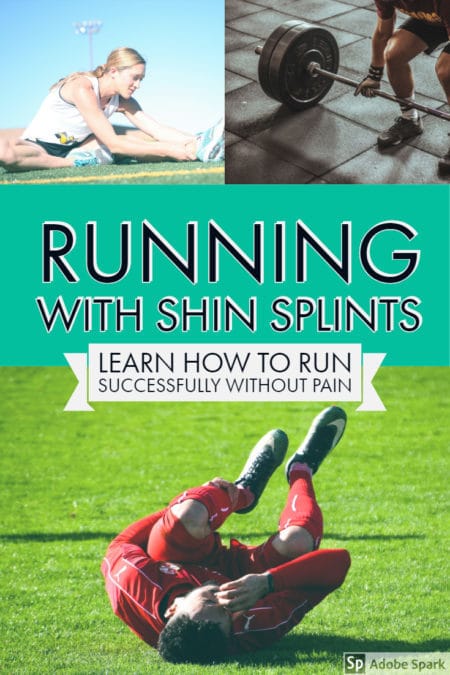
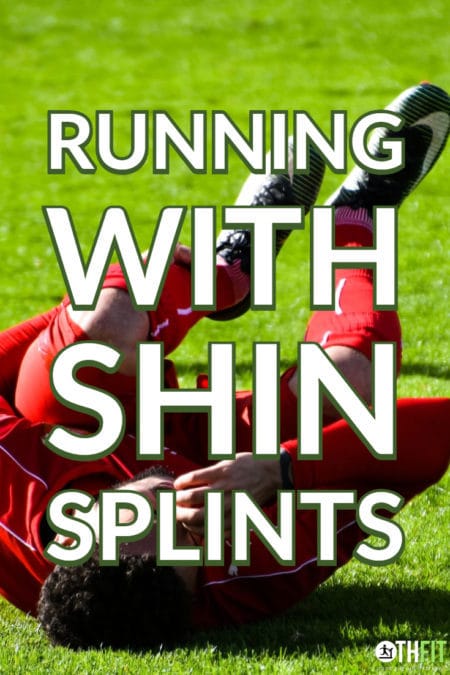
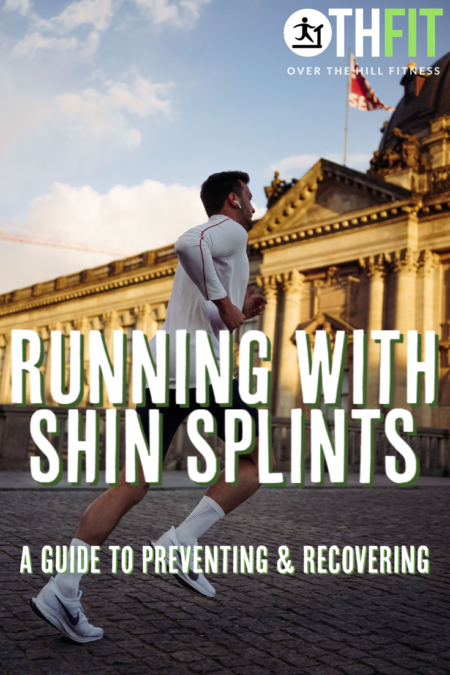
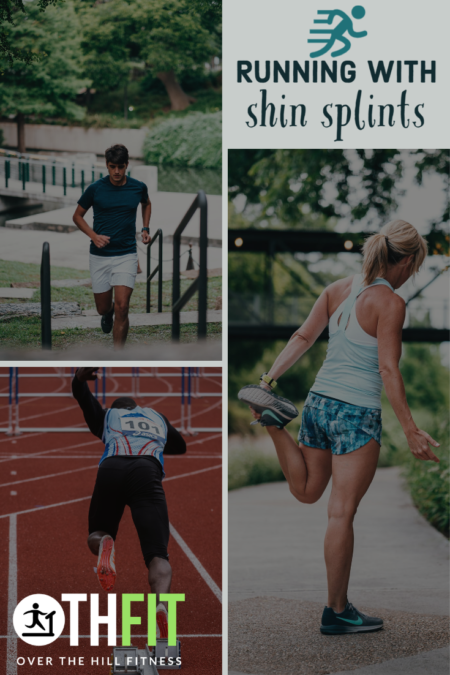
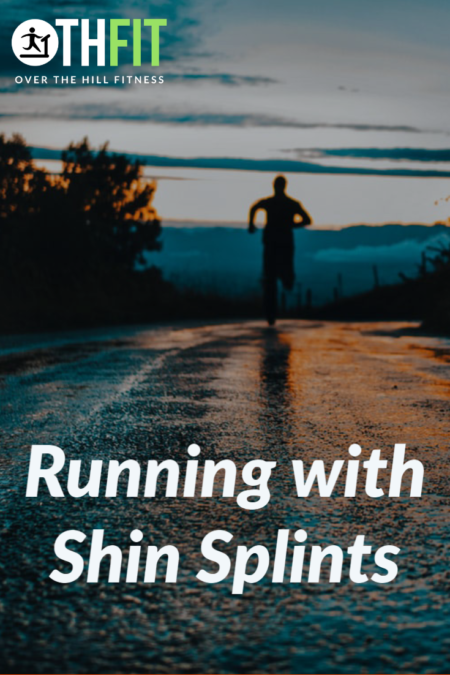
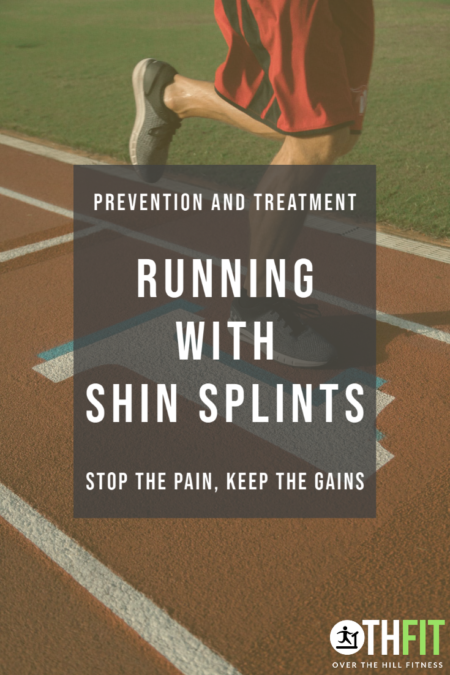



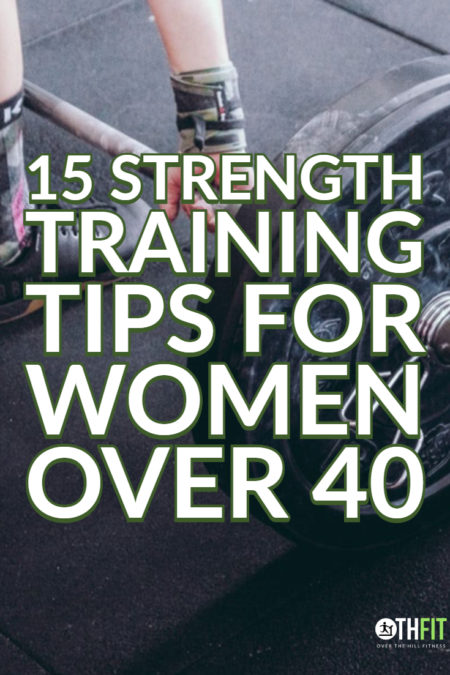

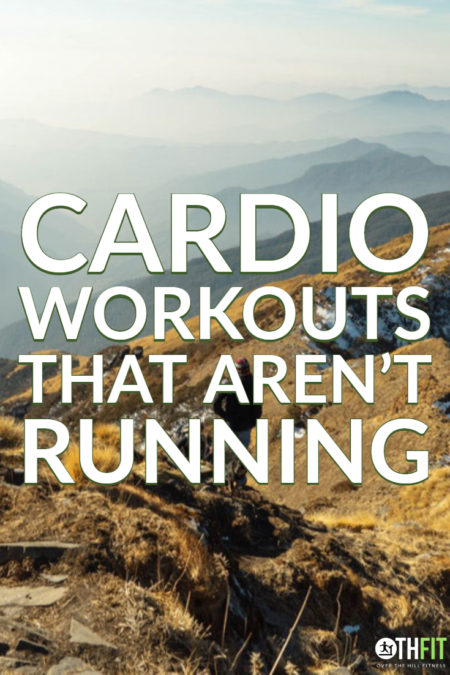
One Comment
Pingback: